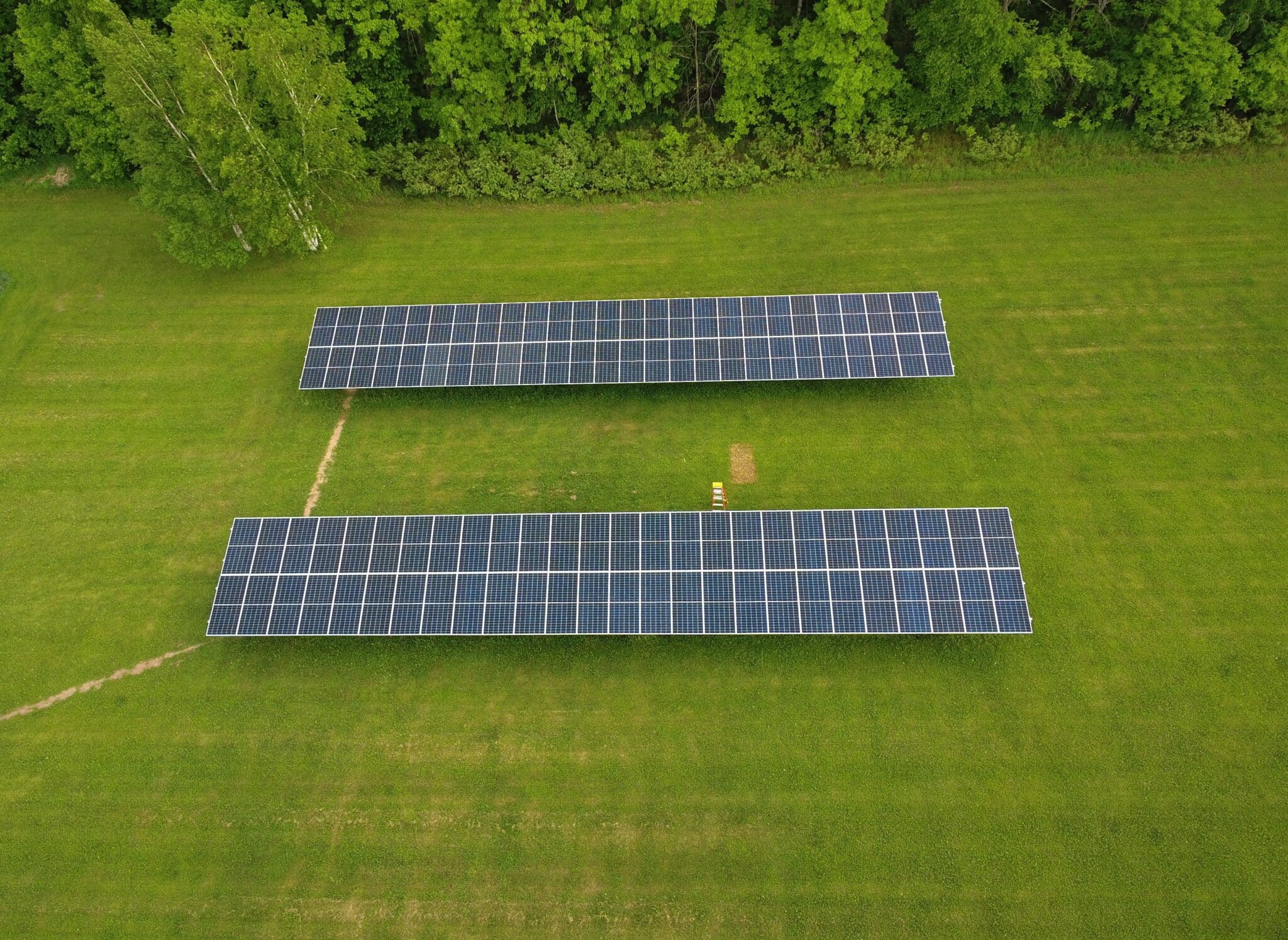
DCIM100MEDIADJI_0013.JPG
Over the past year, our team has noticed several trends around solar, the impact on our economy, and the impact it has on our clients….
1. Costs of fossil fuels have been rising
One crisis many of us had to live through in 2023 was the rising costs of fossil fuels. Not just for gas in your car, but gas for your home, too. According to Save On Energy, “Figures from the Bureau of Labor Statistics show that the average electricity bill rose from $0.147 kWh in January 2022 to $0.168 per kWh in January 2023.” Between conflict in Ukraine and natural gas shortages (SME Inc) it’s been hard on the budget to keep up with the costs of utilities.
Solar energy can save you thousands of dollars of their lifespan, and with how inefficient and expensive the use of fossil fuels have gotten, it might make more sense to invest in a better, long-term solution such as solar panels.
2. More advanced solar panel systems
According to an article on LinkedIn, solar panel grid systems are forecasted to become more complex and sophisticated. The addition of technologies like smart inverters will be able to “manage the flow of electricity between the solar panels and the grid, ensuring that excess electricity is not fed back into the grid and causing instability.” These inverters will increase the reliability of grid systems, allowing them to better withstand “minor disturbances in voltage and frequency.”
3. The Inflation Reduction Act
In 2022, the Inflation Reduction Act allocated “$369 billion towards advancing climate and energy objectives.” This includes an incentive tax credit (EPA) that lets taxpayers “deduct a percentage of the cost of renewable energy systems from their federal taxes.” So, not only will you see a drop in your bill from the utility companies with a solar panel installation, but you may also be able to “claim 30% of your total solar system costs as a federal tax credit.”
Read more about the Solar Tax Credit here.
To learn more about whether solar panel installation is the right investment for you, contact Wescom.
